|
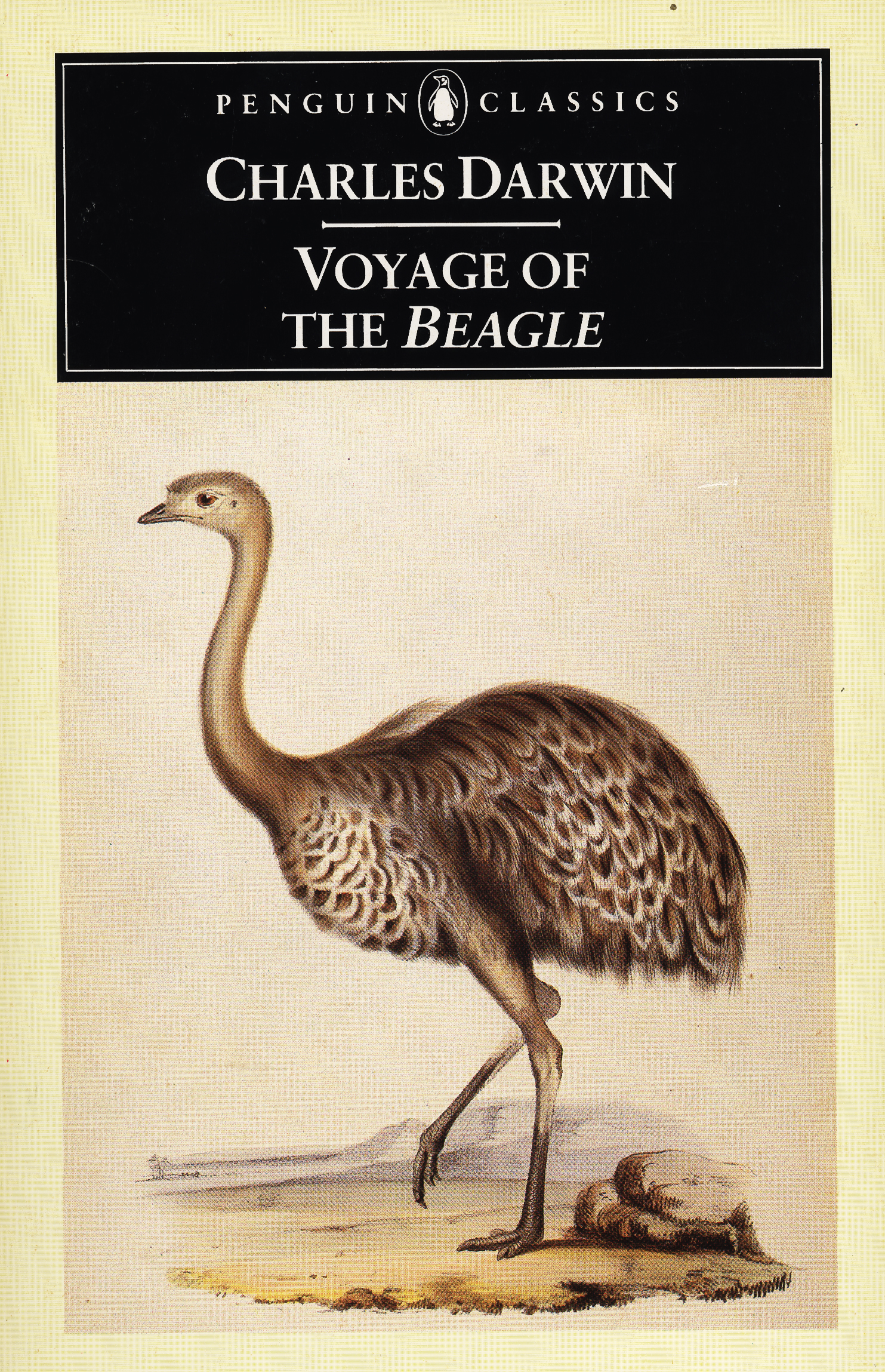
|
The Voyage of the Beagle by Charles Darwin (1845)
One of the most delightful, witty, and beautifully written of all natural histories, The Voyage of the Beagle recounts the young Darwin's 1831 to 1836 trip to South America, the Galápagos Islands, Australia, andback again to England, a journey that transformed his understanding of biology and fed the developmentof his ideas about evolution. Fossils spring to life on the page as Darwin describes his adventures, whichinclude encounters with "savages" in Tierra del Fuego, an accidental meal of a rare bird in Patagonia (which was then named in Darwin's honor), and wobbly attempts to ride Galápagos tortoises. |
| |
|
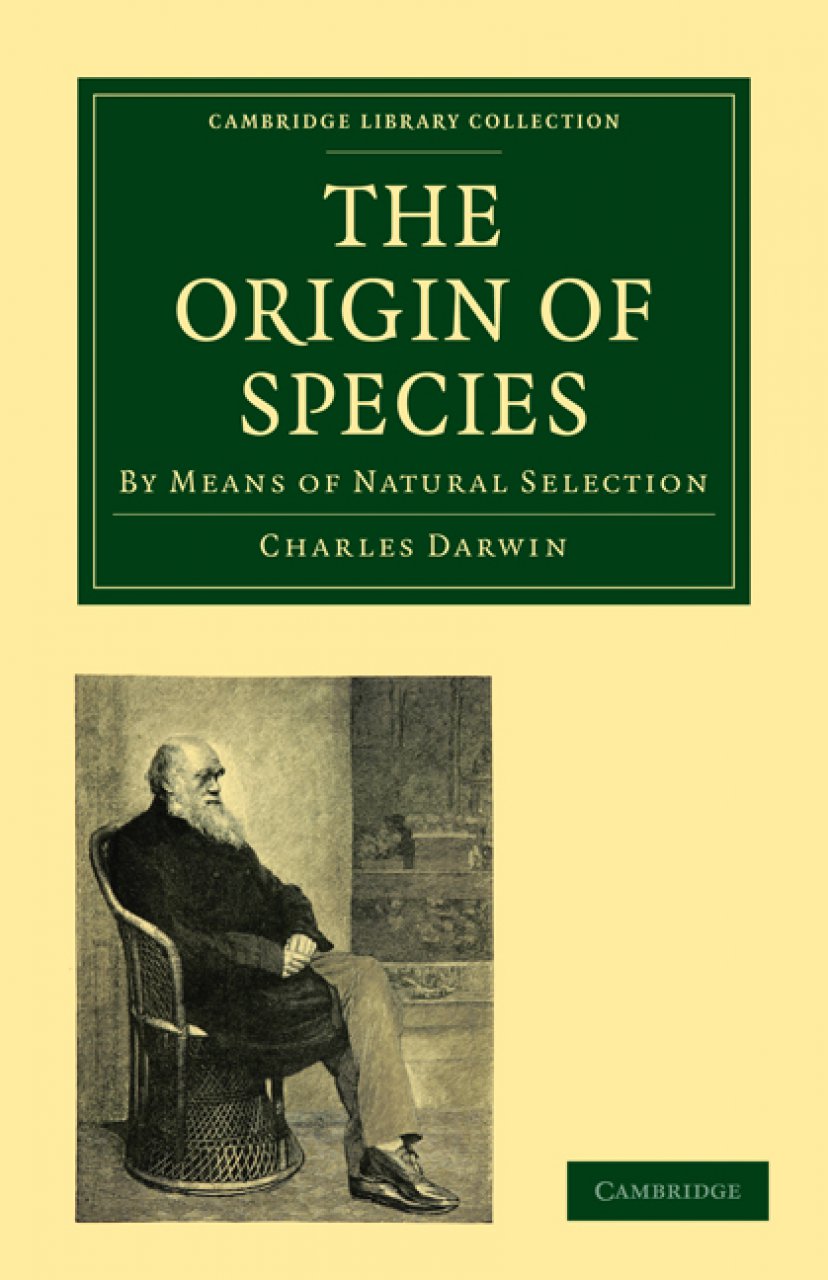 |
The Origin of Species by Charles Darwin (1859)
Darwin's masterwork, The Origin of Species, in which he introduced his theory of evolution by natural selection. Prior to its publication, the prevailing view was that each species had existed in its current form since the moment of divine creation and that humans were a privileged form of life, above and apart from nature. Darwin's theory knocked us from that pedestal. Wary of a religious backlash, he kept his ideas secret for almost two decades while bolstering them with additional observations and experiments. The result is an avalanche of detail—there seems to be no species he did not contemplate - thankfully delivered in accessible, conversational prose. A century and a half later, Darwin's paean to evolution still begs to be heard: "There is grandeur in this view of life," he wrote, that "from so simple a beginning endless forms most beautiful and most wonderful have been, and are being, evolved." |
| |
|
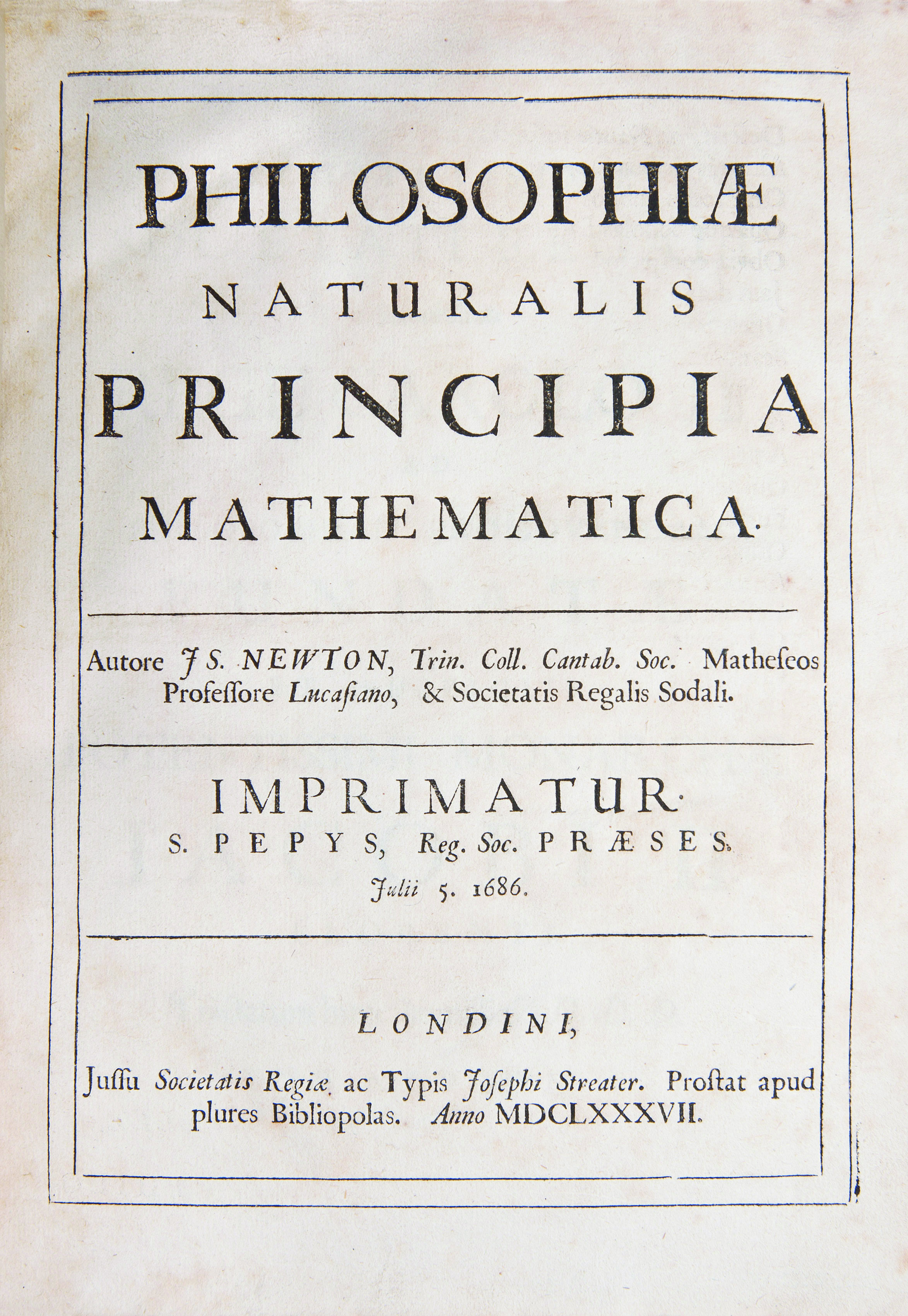 |
Philosophiae Naturalis Principia Mathematica (Mathematical Principles of Natural Philosophy) by Isaac Newton (1687)
Dramatic is an unlikely word for a book that devotes half its pages to deconstructions of ellipses, parabolas, and tangents. Yet the cognitive power on display here can trigger chills. Principia marks the dawn of modern physics, beginning with the familiar three laws of motion ("To every action there is always opposed an equal reaction" is the third). Later Newton explains the eccentric paths of comets, notes the similarity between sound waves and ripples on a pond, and makes his famous case that gravity guides the orbit of the moon as surely as it defines the arc of a tossed pebble. The text is dry but accessible to anyone with a high school education—an opportunity to commune with perhaps the top genius in the history of science. |
| |
|
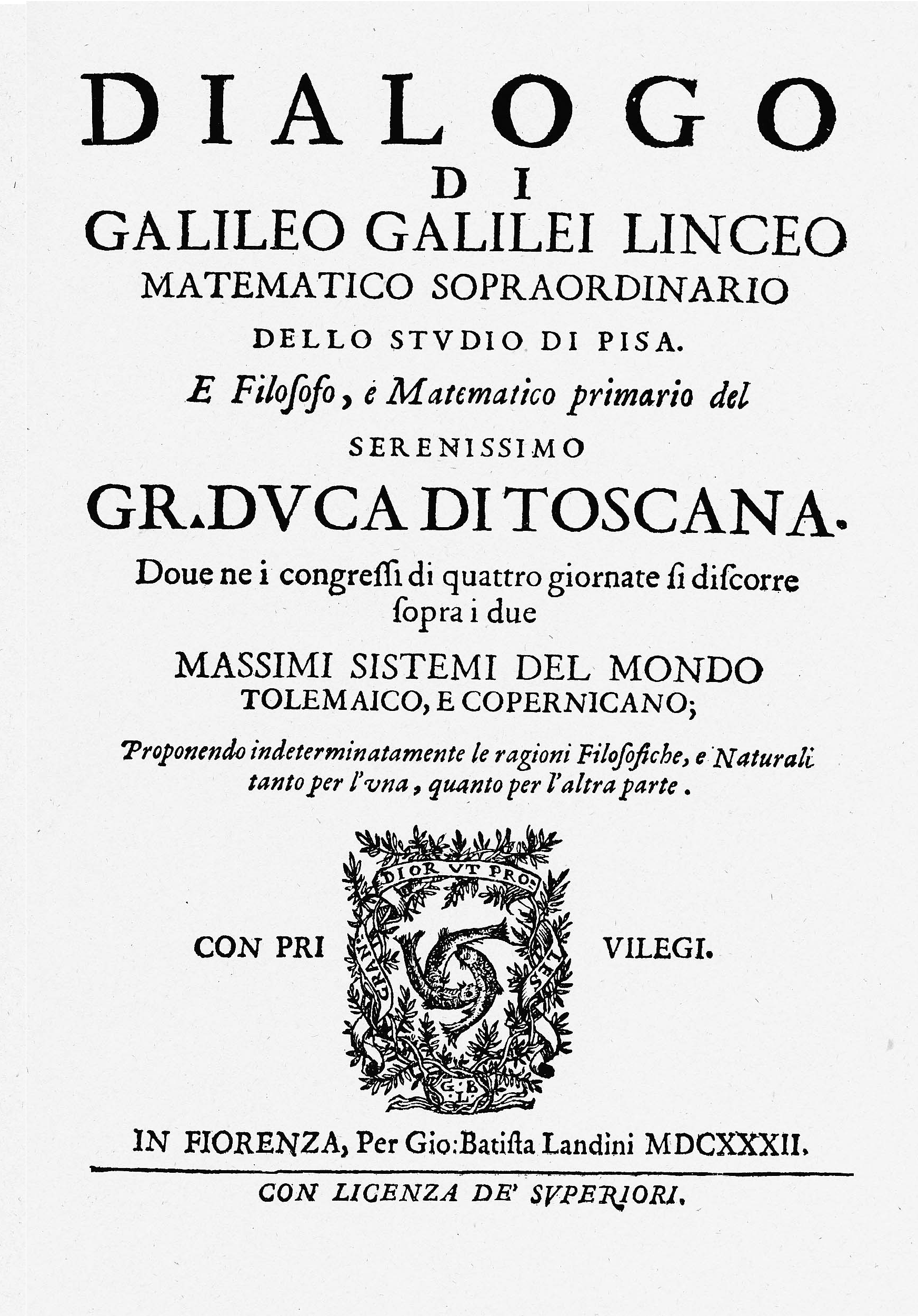 |
Dialogue Concerning the Two Chief World Systemsby Galileo Galilei (1632)
Pope Urban VIII sanctioned Galileo to write a neutral treatise on Copernicus's new, sun-centered view of the solar system. Galileo responded with this cheeky conversation between three characters: a supporter of Copernicus, an educated layman, and an old-fashioned follower of Aristotle. This last one—a dull thinker named Simplicio—represented the church position, and Galileo was soon standing before the Inquisition. Galileo comes across as a masterful raconteur; his discussions of recent astronomical findings in particular evoke an electrifying sense of discovery. The last section, in which he erroneously argues that ocean tides prove Earth is in motion, is fascinatingly shoddy by comparison. Galileo, trying to deliver a fatal blow to the church's Aristotelian thinking, got tripped up by his own faith in an idea he was sure was true but couldn't prove. |
| |
|
 |
De Revolutionibus Orbium Coelestium (On the Revolutions of Heavenly Spheres) by Nicolaus Copernicus (1543)
Copernicus waited until he was on his deathbed to publish this volume, then prefaced it with a ring-kissing letter to Pope Paul III explaining why the work wasn't really heresy. No furor actually ensued until long after Copernicus's death, when Galileo's run-in with the church landed De Revolutionibus on the Inquisition's index of forbidden books. Copernicus, by arguing that Earth and the other planets move around the sun (rather than everything revolving around Earth), sparked a revolution in which scientific thought first dared to depart from religious dogma. While no longer forbidden, De Revolutionibus is hardly user-friendly. The book's title page gives fair warning: "Let no one untrained in geometry enter here." |
| |
|
 |
Physica by Aristotle (circa 330 B.C.)
By contrast, Aristotle placed Earth firmly at the center of the cosmos, and viewed the universe as a neat set of nested spheres. He also mistakenly concluded that things move differently on Earth and in the heavens. Nevertheless, Physica, Aristotle's treatise on the nature of motion, change, and time, stands out because in it he presented a systematic way of studying the natural world—one that held sway for two millennia and led to modern scientific method. |
| |
|
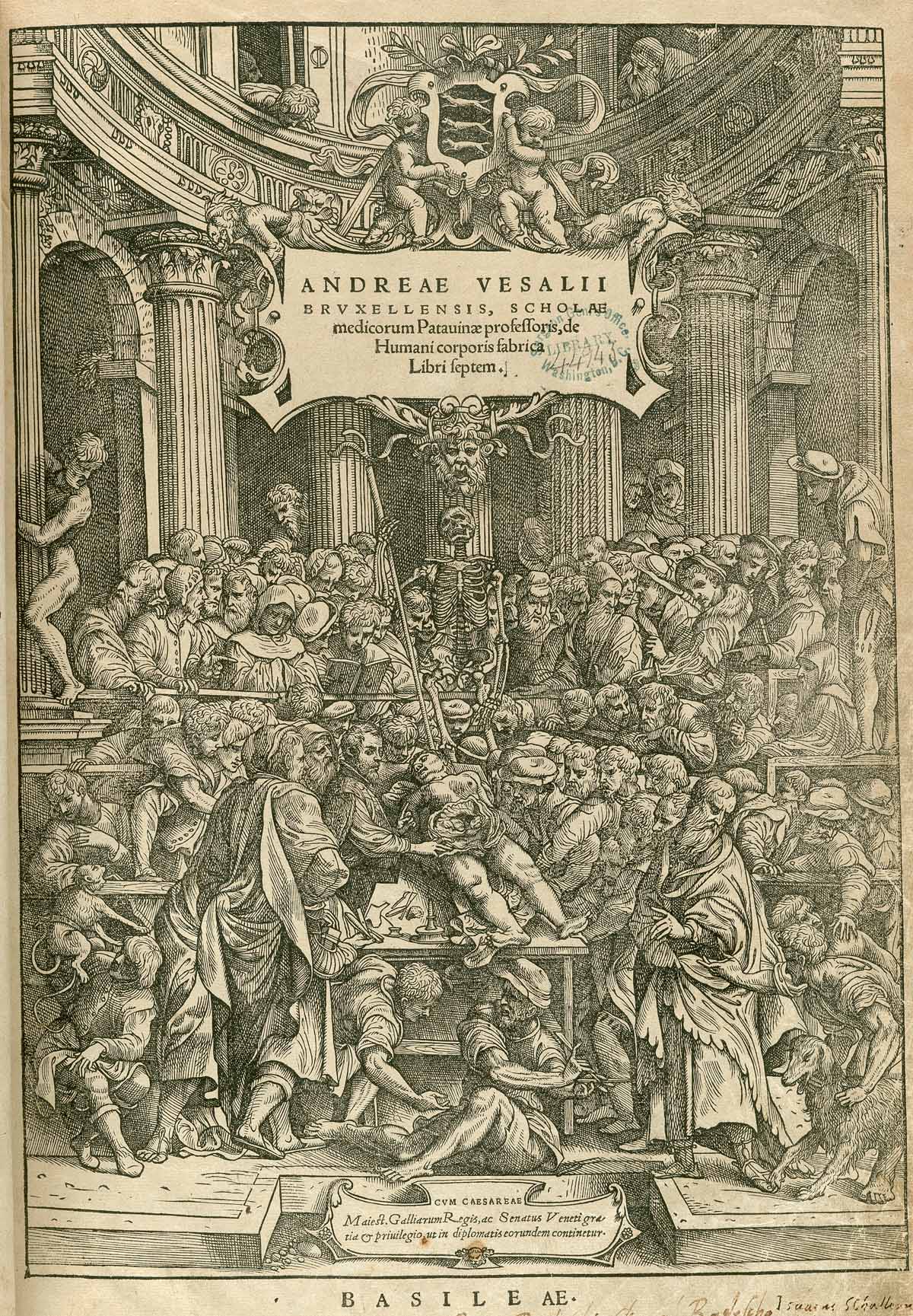 |
De Humani Corporis Fabrica (On the Fabric of the Human Body) by Andreas Vesalius (1543)
In 1543, the same year that Copernicus's De Revolutionibus appeared, anatomist Andreas Vesalius published the world's first comprehensive illustrated anatomy textbook. For centuries, anatomists had dissected the human body according to instructions spelled out by ancient Greek texts. Vesalius dispensed with that dusty methodology and conducted his own dissections, reporting findings that departed from the ancients' on numerous points of anatomy. The hundreds of illustrations, many rendered in meticulous detail by students of Titian's studio, are ravishing. |
| |
|
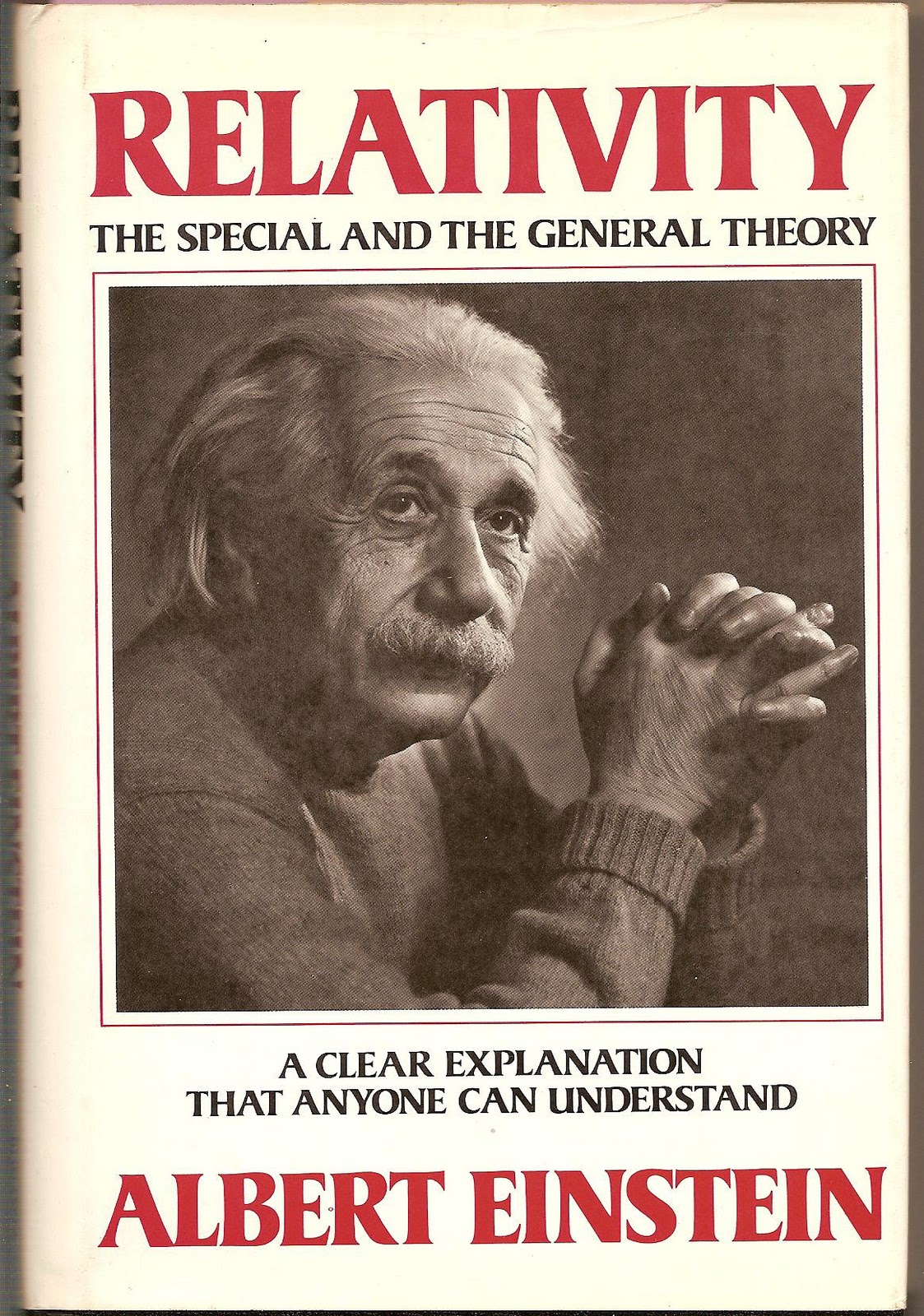 |
Relativity: The Special and General Theory by Albert Einstein (1916)
Albert Einstein's theories overturned long-held notions about bodies in motion. Time and space, he showed, are not absolutes. A moving yardstick shrinks in flight; a clock mounted on that yardstick runs slow. Relativity, written for those not acquainted with the underlying math, reveals Einstein as a skillful popularizer of his ideas. To explain the special theory of relativity, Einstein invites us on board a train filled with rulers and clocks; for the more complex general theory, we career in a cosmic elevator through empty space. As Einstein warns in his preface, however, the book does demand "a fair amount of patience and force of will on the part of the reader." |
| |
|
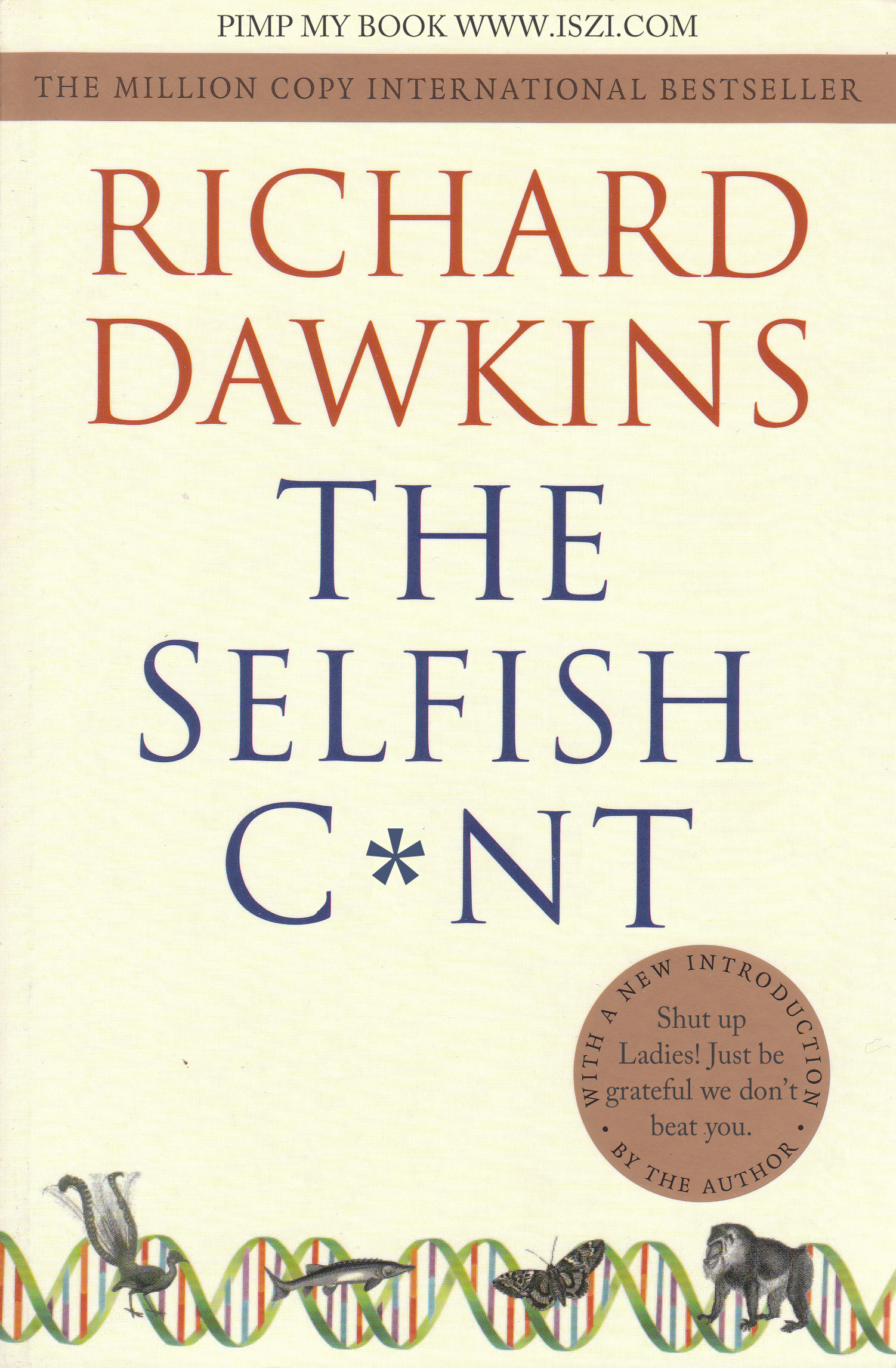 |
The Selfish Gene by Richard Dawkins (1976)
In this enduring popularization of evolutionary biology, Dawkins argues that our genes do not exist to perpetuate us; instead, we are useful machines that serve to perpetuate them. This unexpected shift in perspective, a "gene's-eye view of nature," is an enjoyable brainteaser for the uninitiated. So is a related notion: that altruistic behavior in animals does not evolve for "the good of the species" but is really selfishness in disguise. "Like successful Chicago gangsters," Dawkins writes, "our genes have survived, in some cases for millions of years, in a highly competitive world." |
| |
|
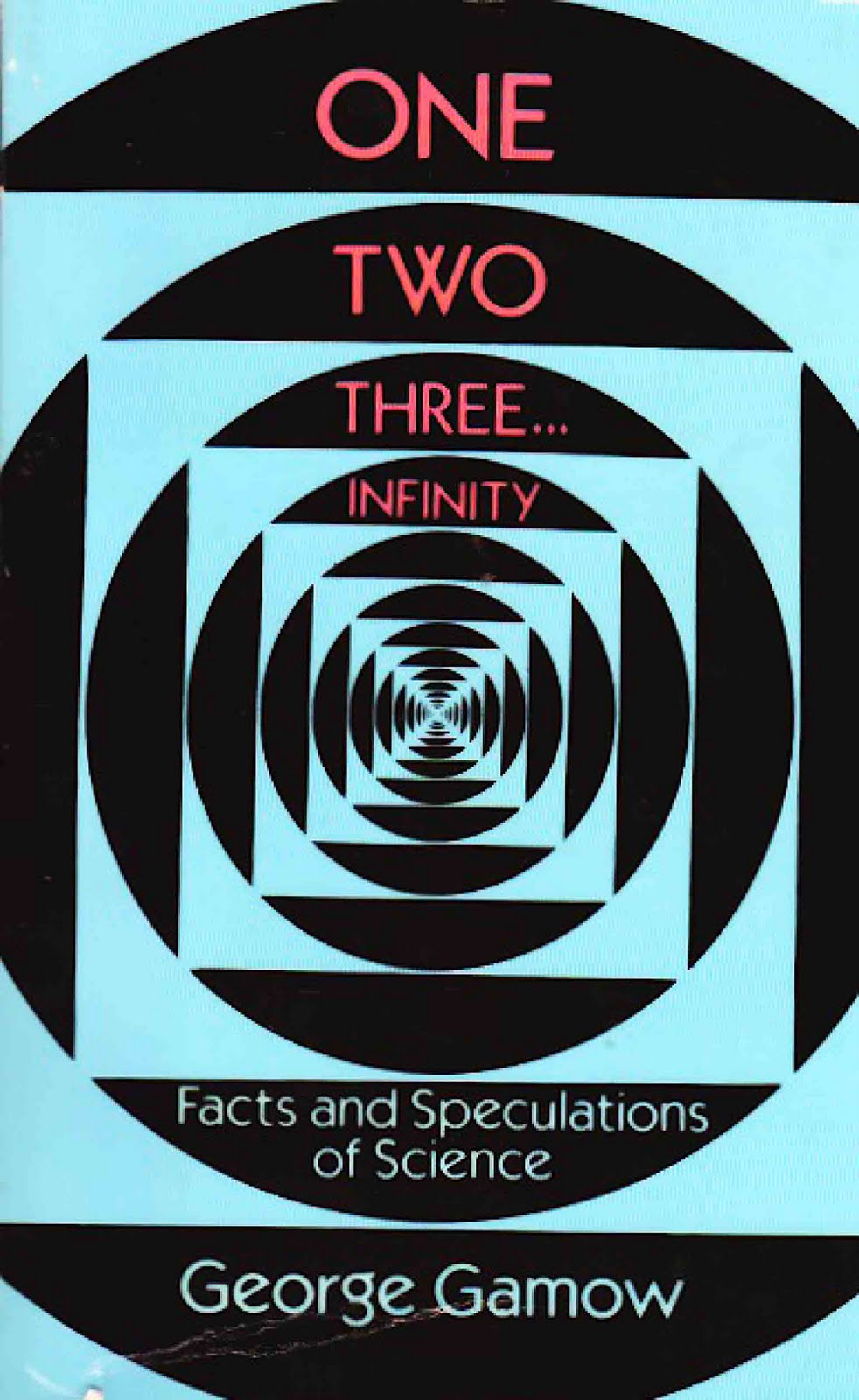 |
One Two Three . . . Infinity by George Gamow (1947)
Illustrating these tales with his own charming sketches, renowned Russian-born physicist Gamow covers the gamut of science from the Big Bang to the curvature of space and the amount of mysterious genetic material in our bodies (DNA had not yet been described). No one can read this book and conclude that science is dull. Who but a physicist would analyze the atomic constituents of genetic material and calculate how much all that material, if extracted from every cell in your body, would weigh? |
| |
|
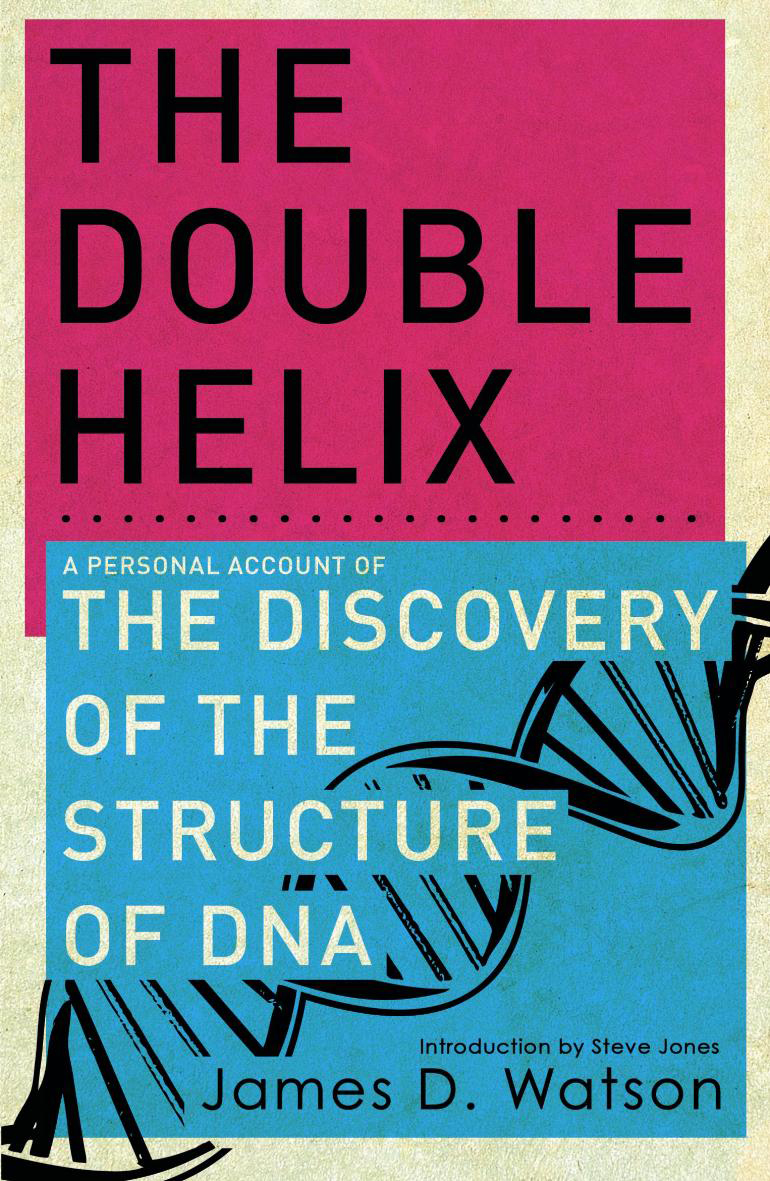 |
The Double Helix by James D. Watson (1968)
James Watson's frank, and often frankly rude, account of his role in discovering
the structure of DNA infuriated nearly everyone whose name appeared in it, but it
nonetheless ranks as a first-rate piece of science writing. The Double Helix takes
us inside a pell-mell race whose winners were almost guaranteed fame and a Nobel Prize. Most poignant are Watson's disparaging descriptions of his encounters with DNA researcher Rosalind Franklin. Her X-ray crystallography images showed the molecule to be a helix, crucial data that Watson and his
collaborator Francis Crick "borrowed" to construct their DNA model. Franklin died of ovarian cancer in 1958, losing out on the 1962 Nobel Prize for the discovery. Perhaps to atone, Watson noted her key contribution in the epilogue to his book. |
| |
|
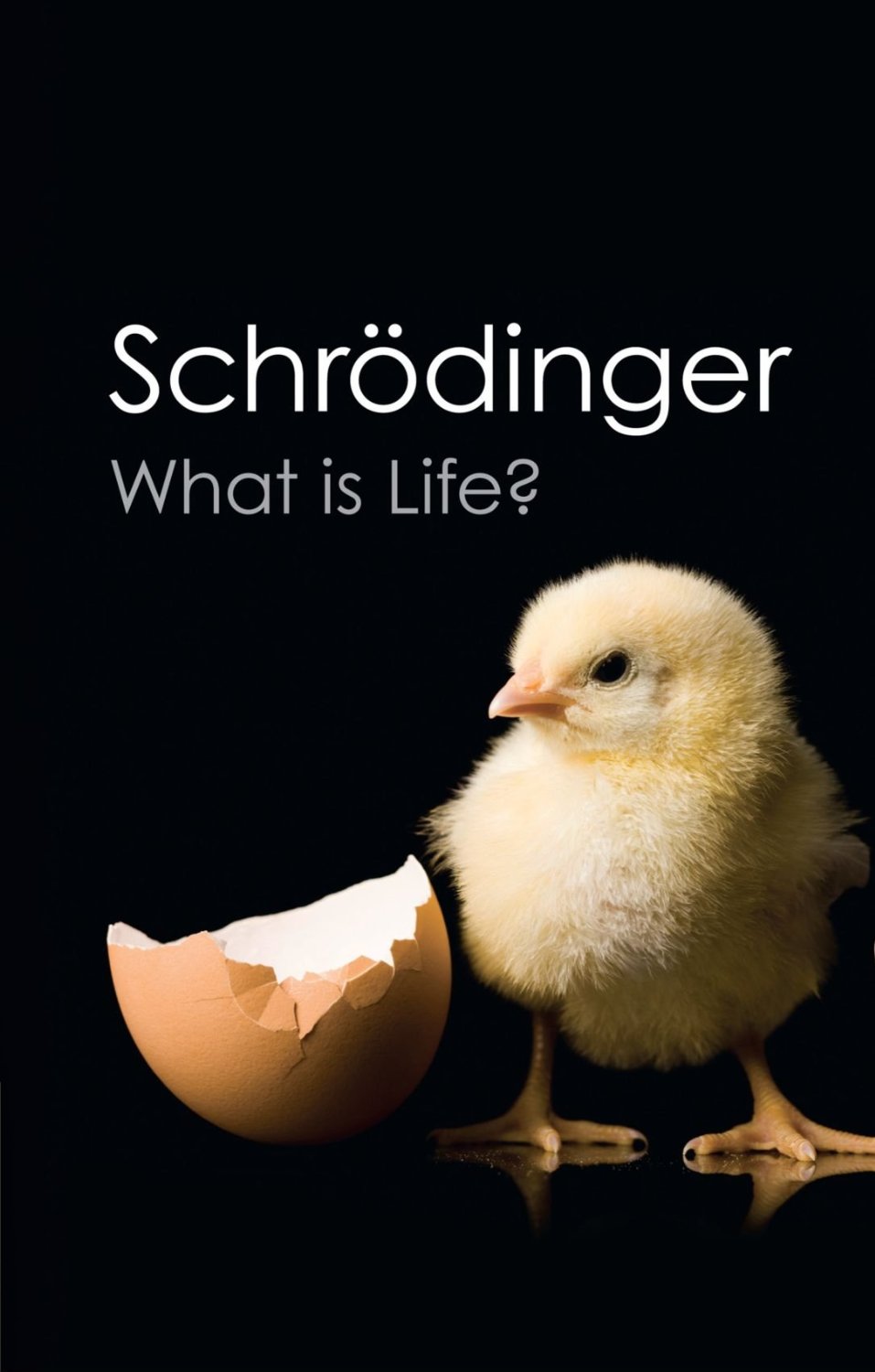 |
What Is Life? by Erwin Schrödinger (1944)
Long a classic among biologists, this volume describes, from the perspective of a Nobel Prize–winning
physicist, how living organisms differ from inanimate objects like crystals. Schrödinger carefully outlines
how the two groups obey different laws and puzzles over what the "paragon of orderliness" of living
things may signify. Some editions include an autobiographical sketch, in which Schrödinger describes the
conflict over teaching Darwin that raged when he was in school, as well as his own fascination with
evolution. |
| |
|
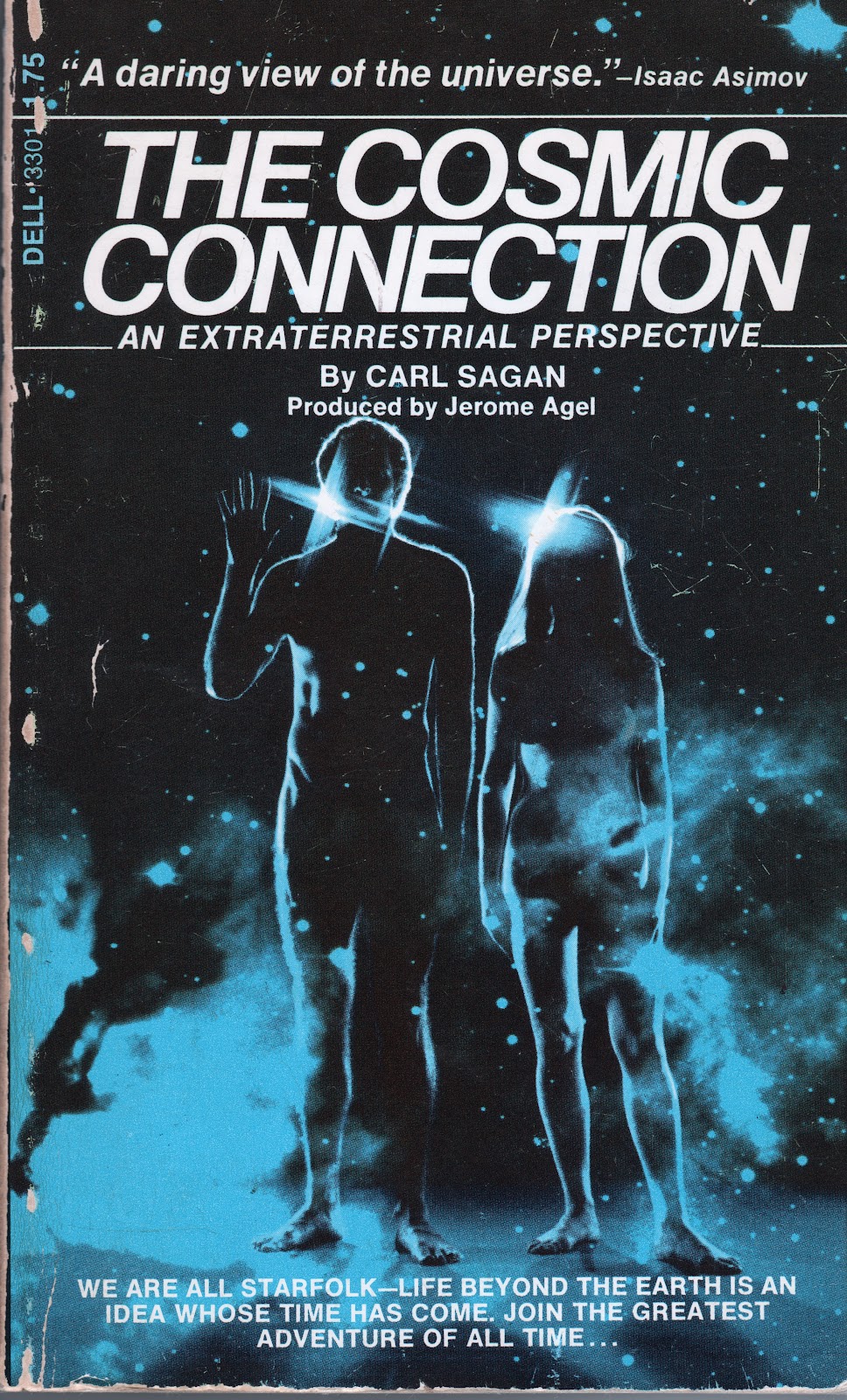 |
The Cosmic Connection by Carl Sagan (1973)
At a time when NASA was reeling from the end of the Apollo program, Sagan reacquainted both the public and his colleagues with the majesty of the universe, starting with the oft-overlooked worlds of our own solar system. He also championed the search for extraterrestrial life and argued for the likelihood of planets around other stars two decades before they were discovered. The TV series Cosmos brought Sagan to the masses, but the adventure began here. |
| |
|
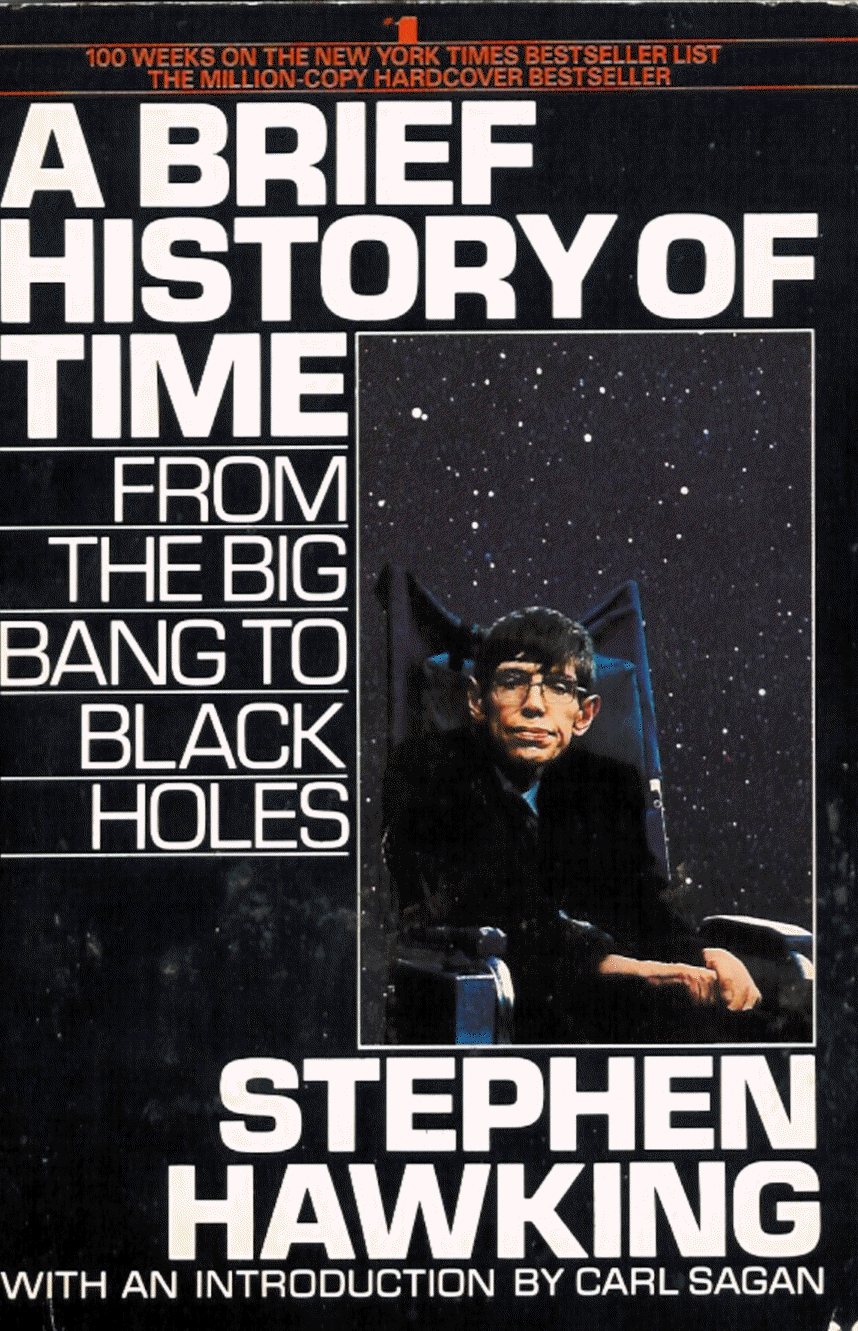 |
A Brief History of Timeby Stephen Hawking (1988)
It is perhaps the best known book on cosmology by the world’s best known scientist. Since it was first published nearly a quarter of a century ago, A Brief History of Time has been translated into at least 40 different languages and sold some 9 million copies. |
| |
|
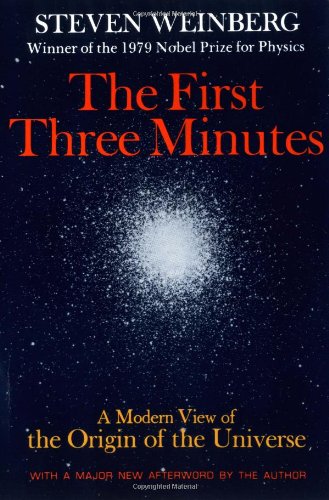 |
The First Three Minutes by Steven Weinberg (1977)
When Weinberg was a student, "the study of the early universe was widely regarded as not the sort of thing to which a respectable scientist would devote his time." But after World War II, radar researchers turned their instruments to the sky and helped bring creation stories out of the realm of myth and into the realm of science. Weinberg, winner of the 1979 Nobel Prize in Physics, offered the first authoritative, popular account of the resulting Big Bang scenario in The First Three Minutes. A 1993 afterword discusses more recent advances. Amazingly, only the description of the first fraction of a second of cosmic history has changed significantly. |
| |
|
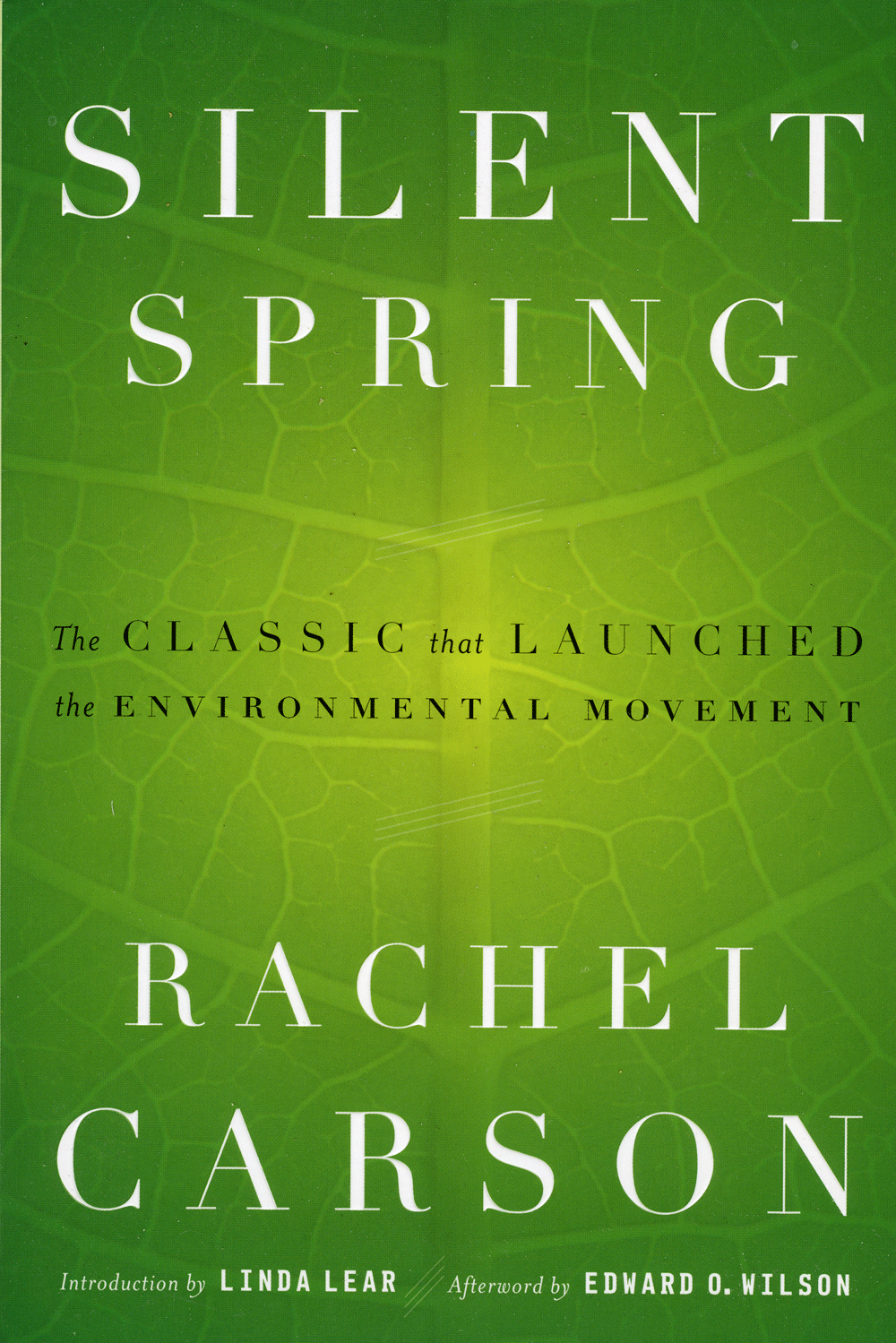 |
Silent Spring by Rachel Carson (1962)
When Silent Spring was first published, a chorus of critics called Carson "hysterical" and "extremist." Yet the marine biologist's meticulously documented indictment of DDT led both to a U.S. ban on the insecticide and to the birth of the modern environmental movement. Carson argues that DDT not only indiscriminately kills insects, including beneficial species like bees, but also accumulates in the fat of birds and mammals high on the food chain, thinning eggshells and causing reproductive problems. Her chilling vision of a birdless America is still haunting. "Over increasingly large areas of the United States," she writes, "spring now comes unheralded by the return of the birds, and the early mornings are strangely silent where once they were filled with the beauty of birdsong." |
| |
|
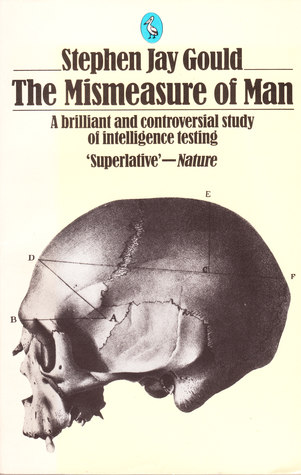 |
The Mismeasure of Man by Stephen Jay Gould (1981)
In this witty critique of bad science, Harvard scholar Stephen Jay Gould sets out to eviscerate the notion of biological determinism. For hundreds of years, Gould argues, questionable measurements of human intelligence, like skull size or IQ, have been used to justify racism, sexism, and class stratification. According to Gould, even respected sociologists and psychologists have used falsified or shaky data to support the belief that Westerners are genetically predisposed to rule the world. The book drew political and scientific criticism, especially from social scientists furious that Gould had oversimplified or demonized their work. |
| |
|
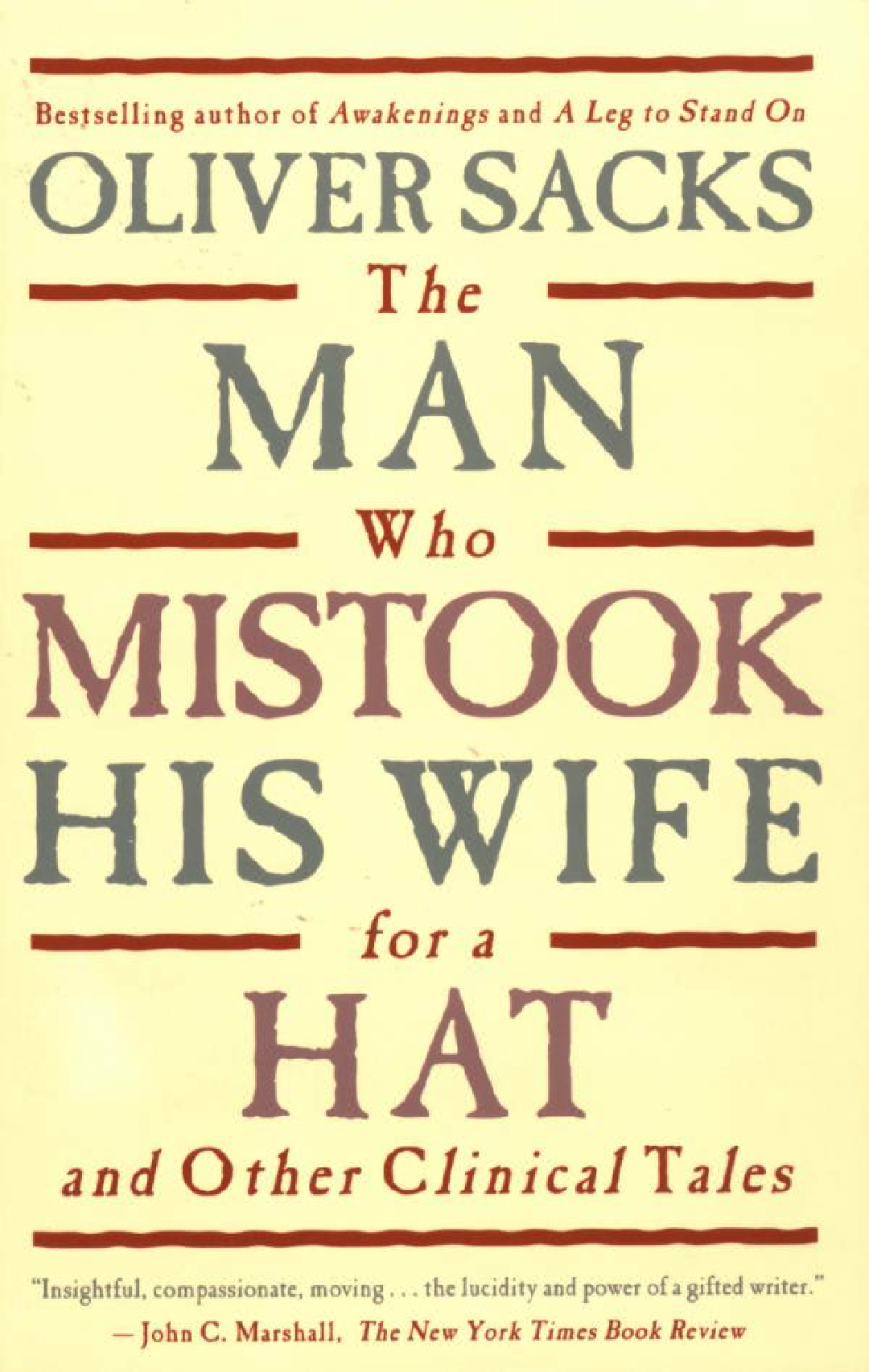 |
The Man Who Mistook His Wife for a Hat and Other Clinical Tales by Oliver Sacks (1985)
In these profiles of patients with unusual neurological disorders, Sacks revolutionizes the centuries-old literary tradition of presenting clinical case studies. Far from dryly reporting each case, the eminent British-born New York City neurologist writes in lively prose with the gentle affection of a country doctor on house call and a contagious sense of wonder. To him, the man with Tourette's syndrome and the woman who cannot sense her own body position are the heroes of the stories. Legions of neuroscientists now probing the mysteries of the human brain cite this book as their greatest inspiration. |
| |
|
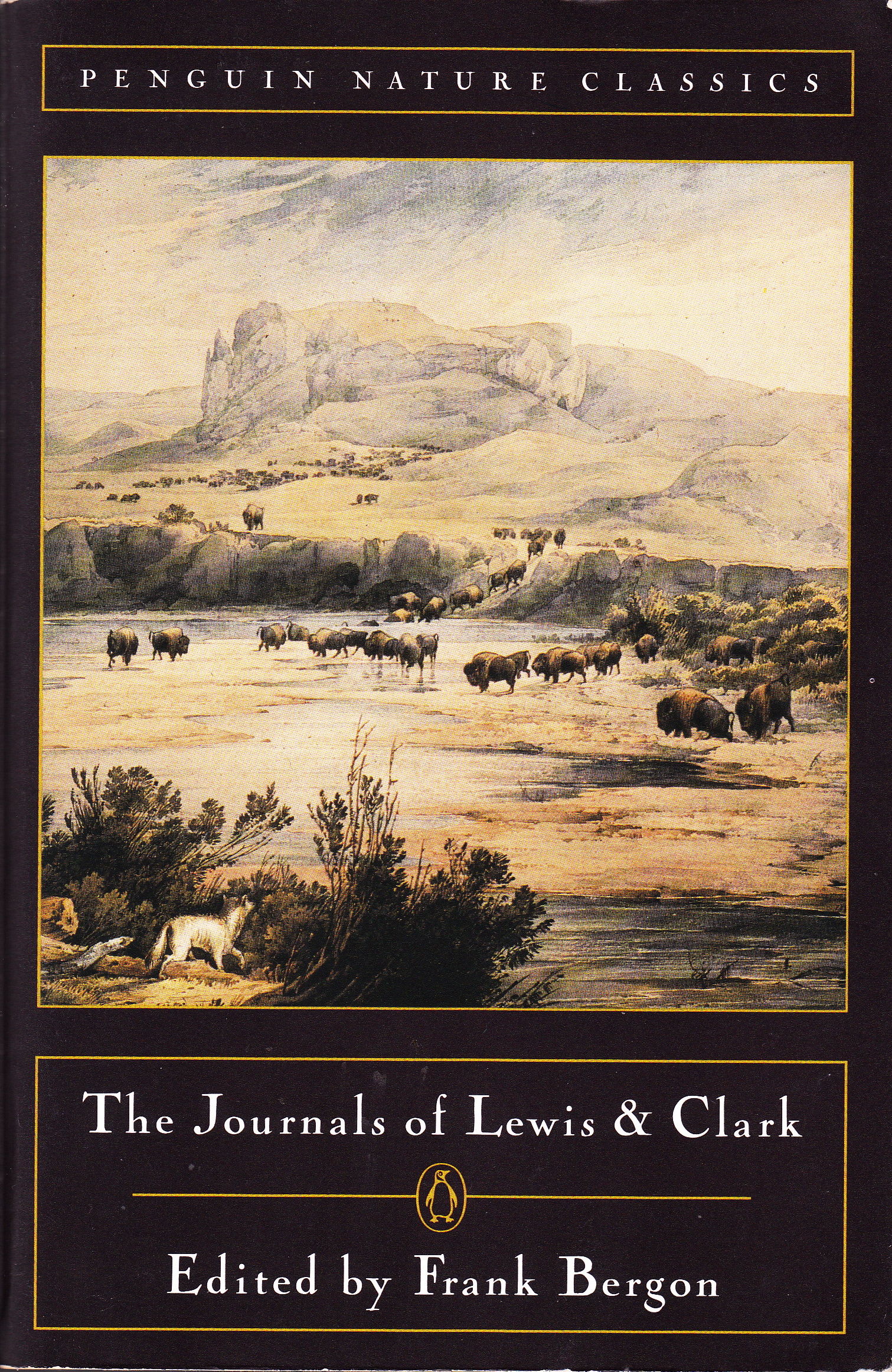 |
The Journals of Lewis and Clark by Meriwether Lewis and William Clark (1814)
One of history's most famous tales of exploration began on May 14, 1804, when William Clark and his
Corps of Discovery set off from the mouth of the Missouri River, beginning an epic 28-month journey west to the shores of the Pacific Ocean. (Meriwether Lewis joined the group two days later.) The Journals, a meticulous chronicle of their expedition, offer an unprecedented glimpse at unexplored, undeveloped America west of the Mississippi. Lewis, the group's naturalist and astronomer, and Clark, the surveyor, documented new species of wildlife (coyotes, jackrabbits, mule deer, and others), unfamiliar geology, and interactions with native peoples. A complete copy of the Journals and their companion material is heavy reading (the definitive Nebraska edition has 13 volumes), but an abridged version captures all the adventure in a palatably sized package. |
| |
|
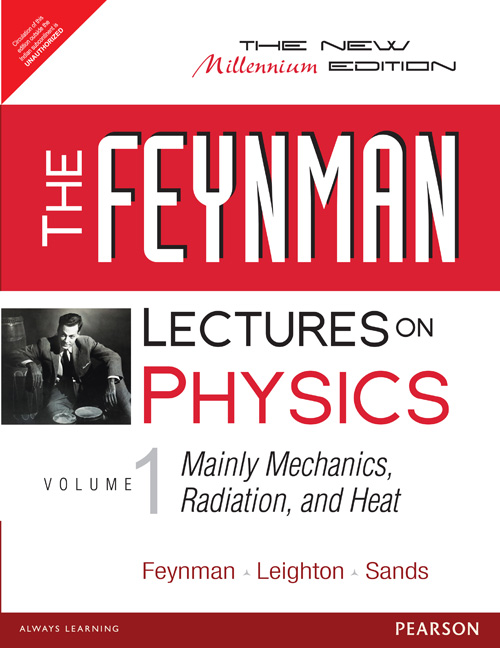 |
The Feynman Lectures on Physics by Richard P. Feynman, Robert B. Leighton, and Matthew Sands (1963)
Not only did physicist Richard Feynman win the 1965 Nobel Prize for his work on quantum electrodynamics, he once played bongos for a San Francisco ballet. The beloved book Surely You're Joking, Mr. Feynman! recounts his raucous adventures, but these undergraduate physics lectures, presented over two years at Caltech in the 1960s, are Feynman's true gift to students at all levels. The first 94 lectures cover a wide swath of basic physics, from Newtonian mechanics to electromagnetism, while the final 21 venture into quantum mechanics. Feynman's characteristic humor and peerless explanations elevate these classroom lessons to enduring classics. |
| |
|
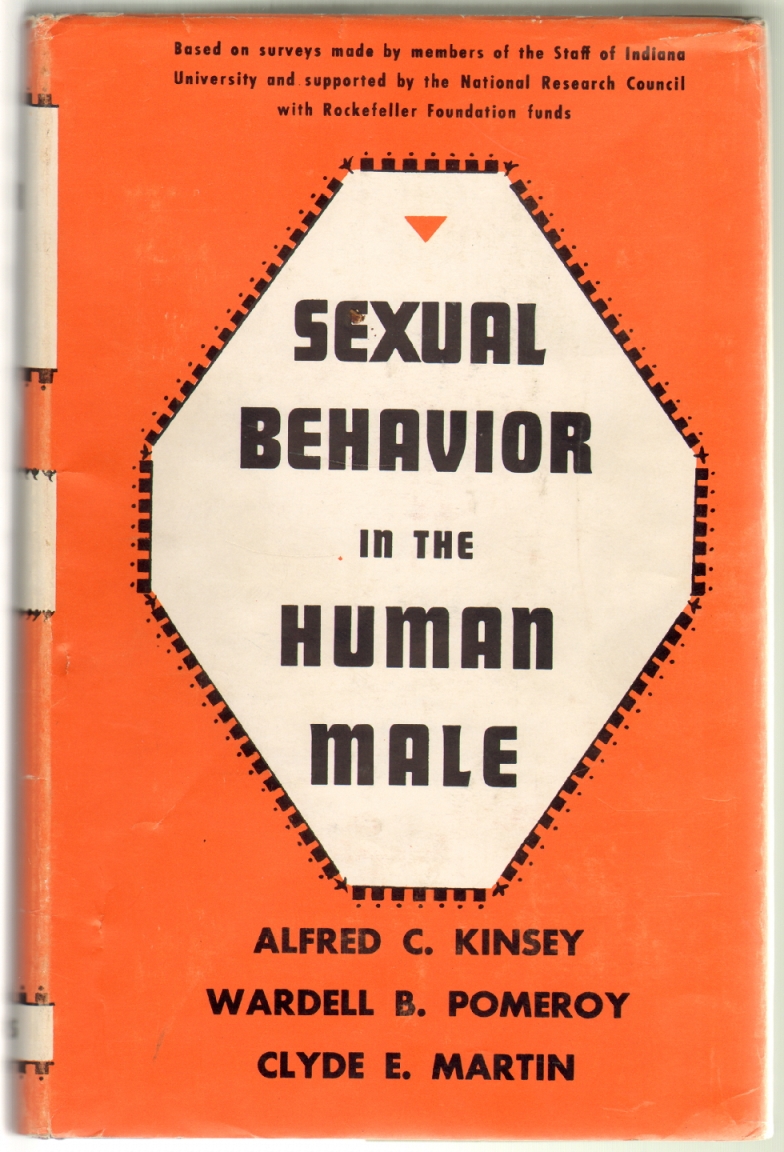 |
Sexual Behavior in the Human Male by Alfred C. Kinsey et al. (1948)
The first of two books known collectively as the Kinsey Report, this treatise became an improbable best seller. With raw, technical descriptions of sexual acts, distilled from thousands of interviews, it documented for the first time what people really do behind closed doors. Many researchers consider the book flawed because of its sampling bias: Most of the men interviewed were young, white, and eager to participate. Nevertheless, the work remains an outstanding model of scientific bravery in the 20th century, with its insistence that sexual acts be described as healthy functions of the human body and that cultural taboos not stand in the way of science. |
| |
|
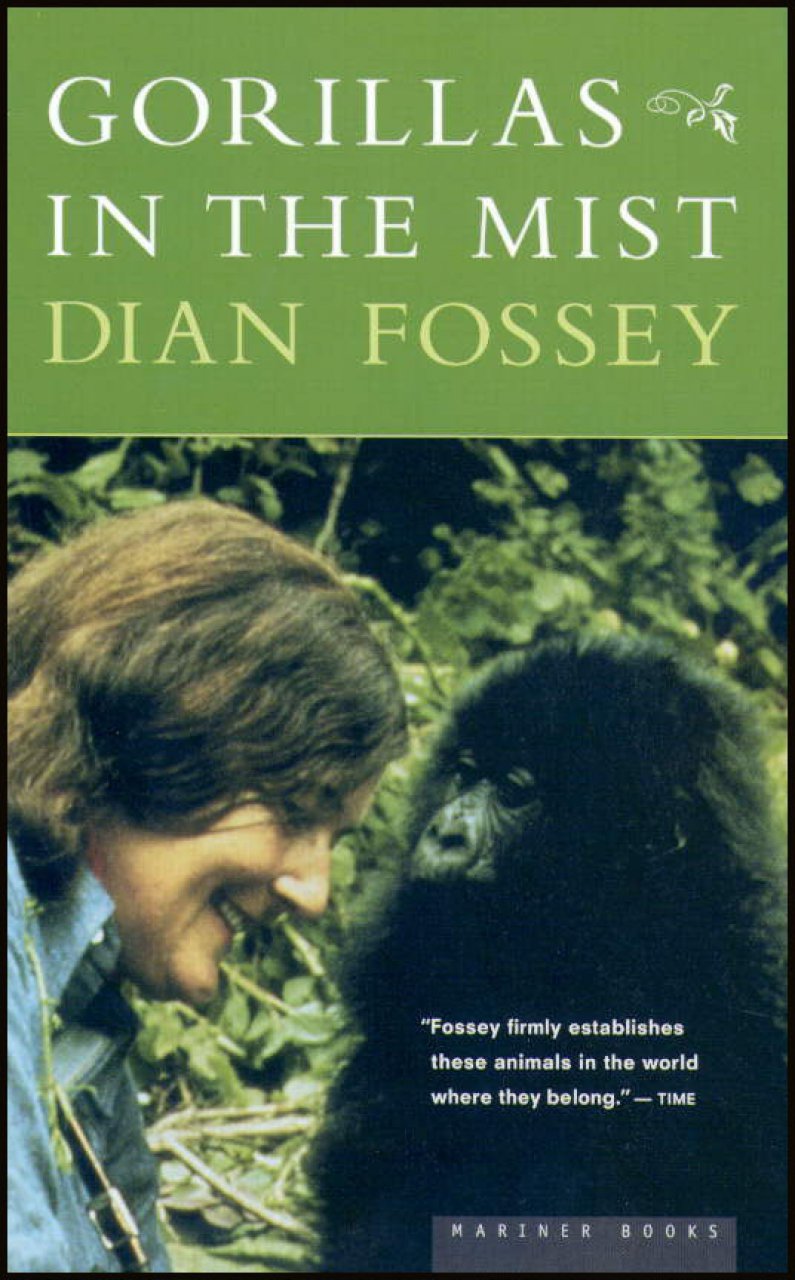 |
Gorillas in the Mist by Dian Fossey (1983)
In a richly hued portrait of the lives and behavior of African mountain gorillas, Fossey documents her 13 years dwelling in a remote rain forest amid these enigmatic animals. One of a trio of protégés picked by famed anthropologist Louis Leakey to conduct field studies of great apes, Fossey was determined, devoted, and often angry—over the apes' diminishing habitat and especially over the danger they faced from poachers (who may have been responsible for Fossey's 1985 murder). In Gorillas she leaves behind a scientific treasure, one rendered more poignant by her death in the service of these peaceful, intelligent beasts. |
| |
|
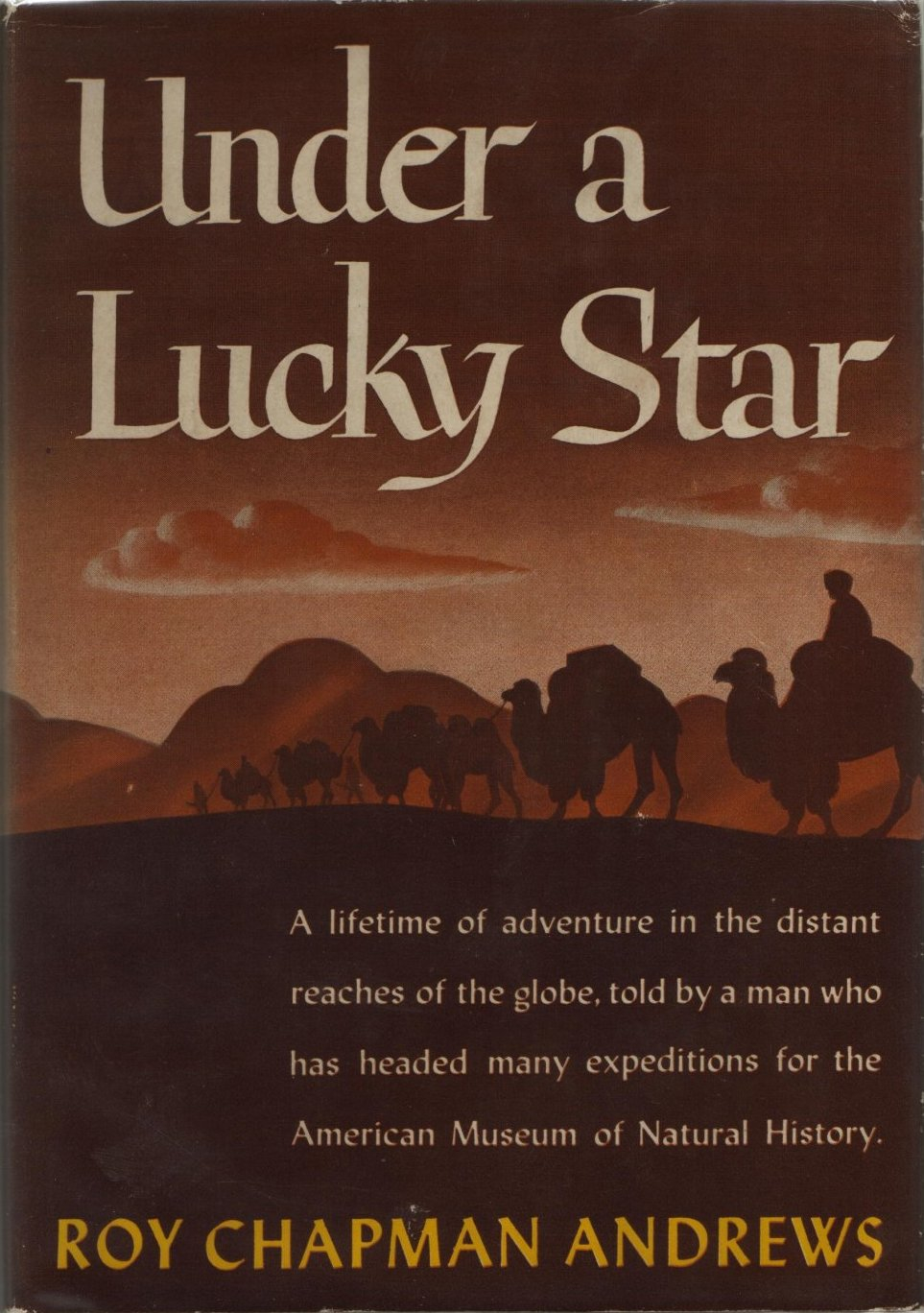 |
Under a Lucky Star by Roy Chapman Andrews (1943)
Roy Chapman Andrews made scientific history during the 1920s by leading five motorized expeditions into unexplored reaches of the Gobi desert. He emerged with the equivalent of paleontological gold: more than 350 new species (including the dinosaurs Protoceratops and Velociraptor), the first fossils of Cretaceous mammals, and the first nests of dinosaur eggs. He packed out plenty of wild tales, too, which are woven into this engaging autobiography. Rumors persist that the fedora-wearing, snake-hating, death-defying explorer may have served as the inspiration for Hollywood's Indiana Jones. |
| |
|
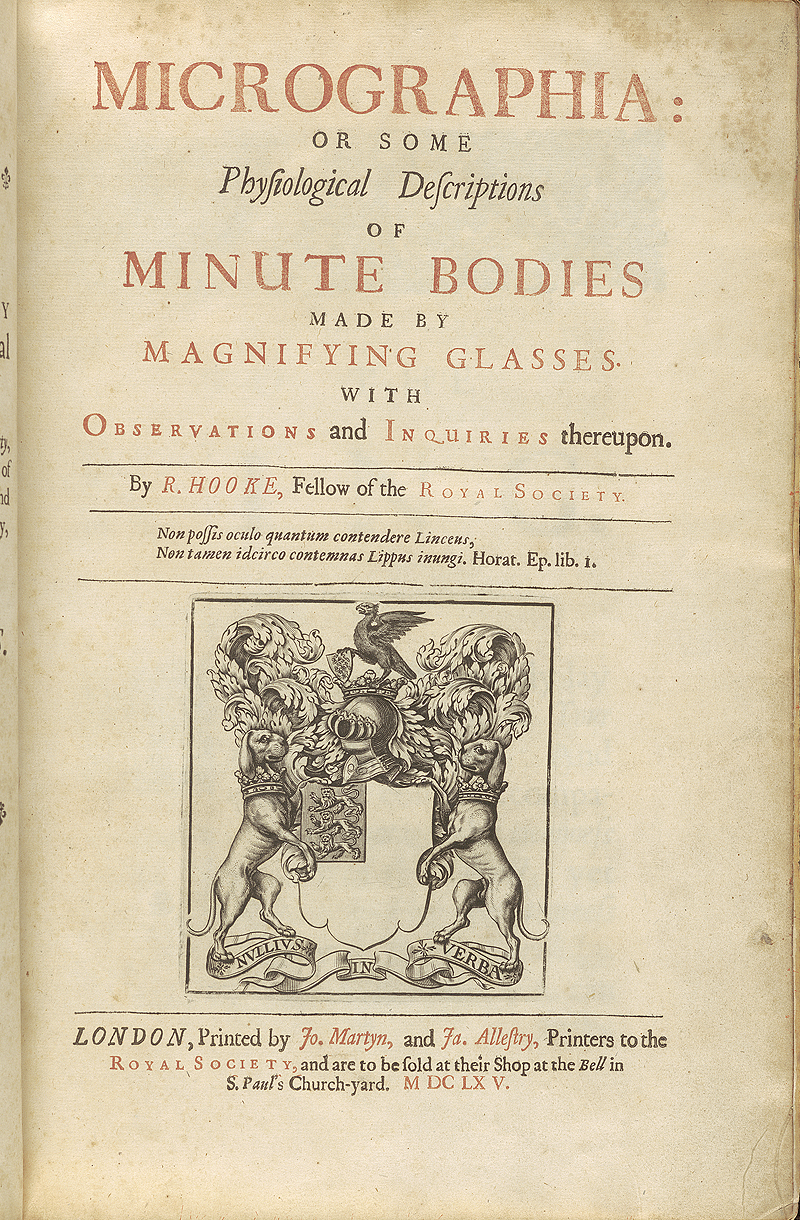 |
Micrographia by Robert Hooke (1665)
A revelation in its time, Micrographia exposed the previously hidden microscopic world. Hooke, an early developer of the compound microscope, used his device to peer at the eyes of flies, the stinger on a bee, hairs, bristles, sand particles, seeds, and more, noting every detail with both words and masterful illustrations. The original book is a hefty three pounds, so the digital versions now available are more convenient, but there is something to be said for flipping through a printed copy and discovering, like a hidden treasure, each drawing in its beautiful intricacy. |
| |
|
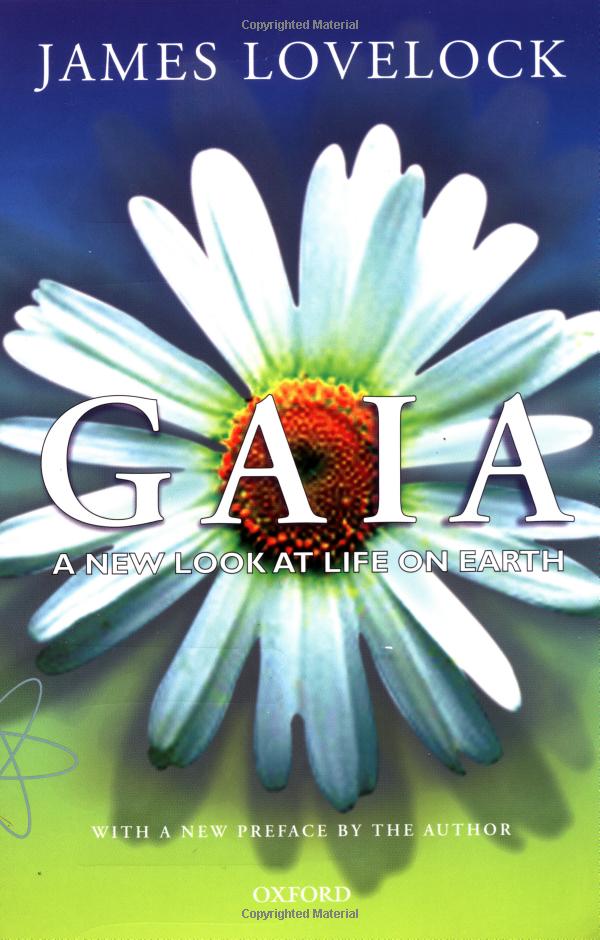 |
Gaia by James Lovelock (1979)
As an inventor of scientific instruments, James Lovelock may seem an unlikely figure to have launched a New Age, earth-mother environmental movement. Yet that's exactly what he accomplished with Gaia: A New Look at Life on Earth. In it Lovelock laid out his daring idea that our planet is a single, self-regulating system, dubbed Gaia, wherein "the entire range of living matter on Earth, from whales to viruses, and from oaks to algae, could be regarded as constituting a single living entity, capable of manipulating the Earth's atmosphere to suit its overall needs." Lovelock has since refined the hypothesis, which many scientists criticized as quasi mystical, and notes that he never implied that Gaia was a sentient being. |
| |
|
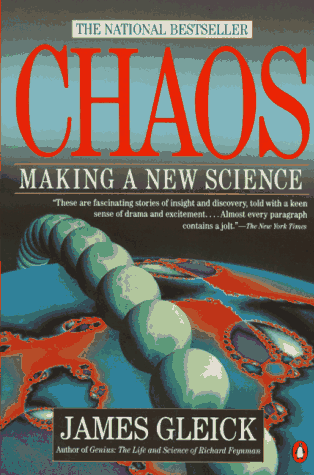 |
Chaos: Making a new scienceby James Gleick (1987)
The first popular science book to tackle the emerging field of chaos theory, journalist James Gleick’s Chaos earned him a finalist slot for the Pulitzer prize. Not only did the book bring this complex physics to the public, says our features editor Ben Crystall, “It helped kick-start the subject into a host of other fields”. |
| |
|
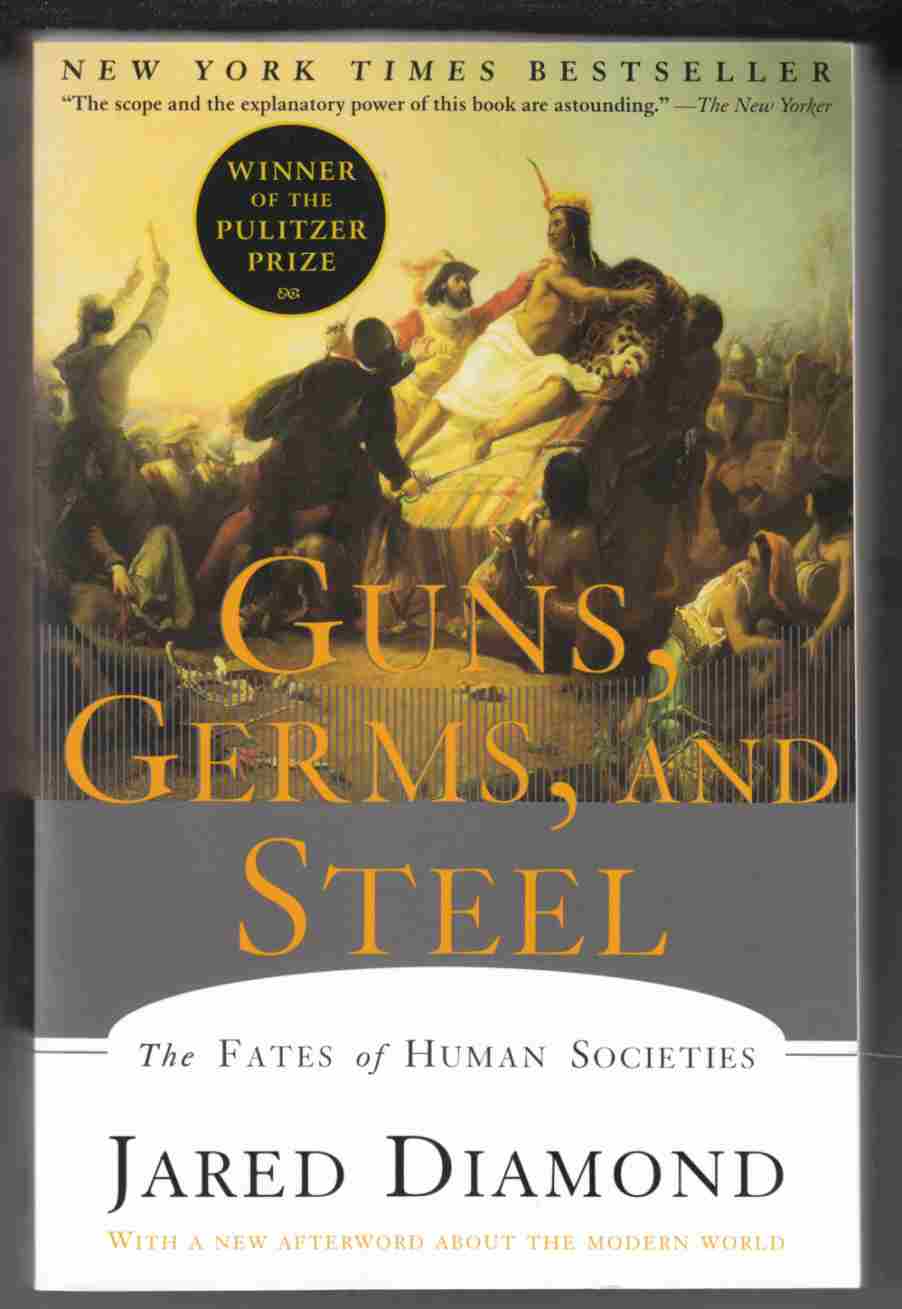 |
Guns, Germs and Steelby Jared Diamond (1997)
Nominated for our list by Steven Pinker, this bestselling book earned University of California, Los Angeles, geographer Jared Diamond a Pulitzer prize. Guns, Germs and Steel examined why modern human societies are so different from each other - with some cultures long relying on industrial processes while others used simpler tools until quite recently. The book is a favourite volume for many public figures, but to
Diamond’s recent dismay, they don’t always portray his ideas with the greatest accuracy. |
| |
|
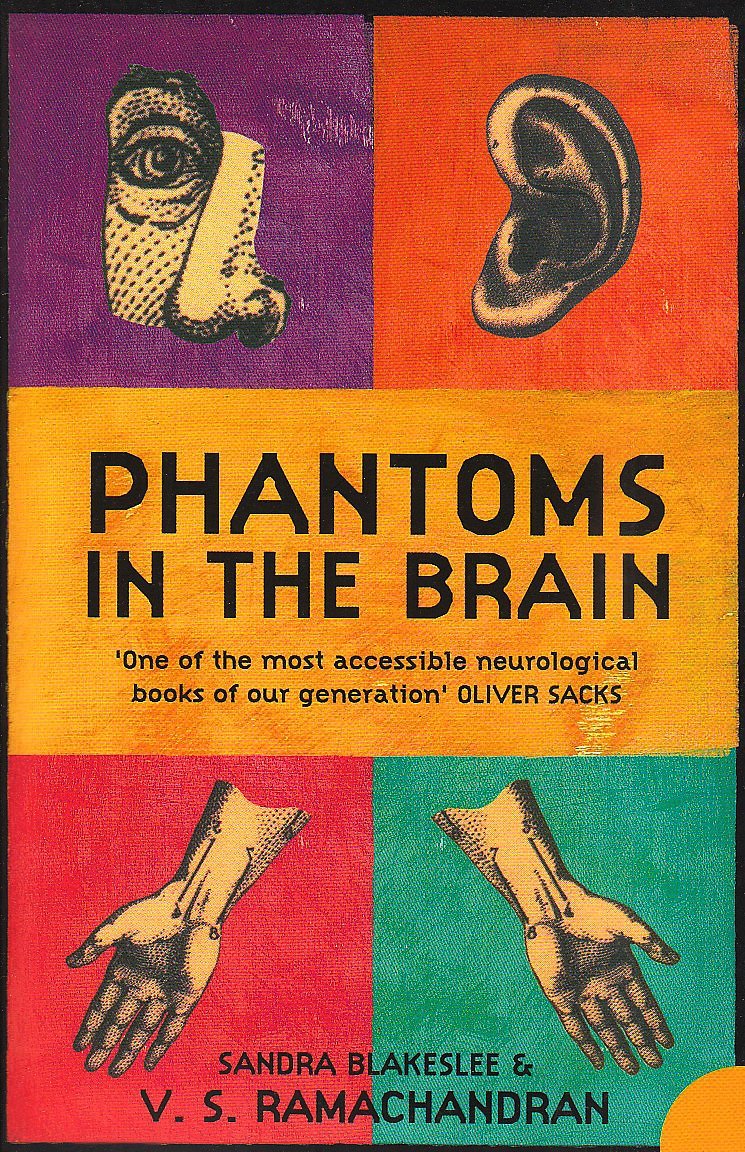 |
Phantoms in the Brain by V. S. Ramachandran and Sandra Blakeslee (1998)
For this bestselling book that has been translated into at least nine languages, neuroscientist V. S. Ramachandran teamed up with science writer Sandra Blakeslee to explore the way that his patients’ unique neurological disorders - from experiencing phantom limb pain to blindsight - can offer clues to how the brain works. |
| |
|


























